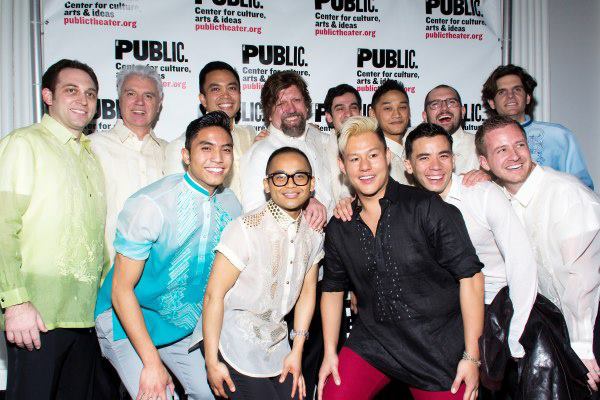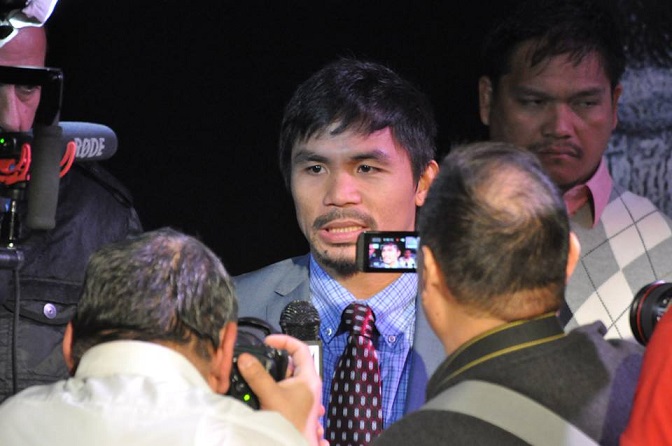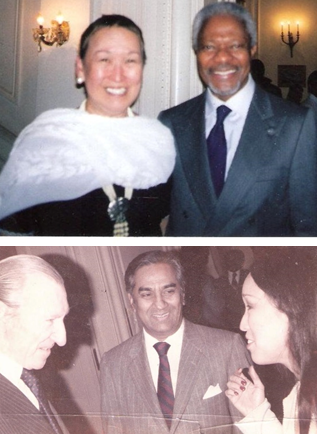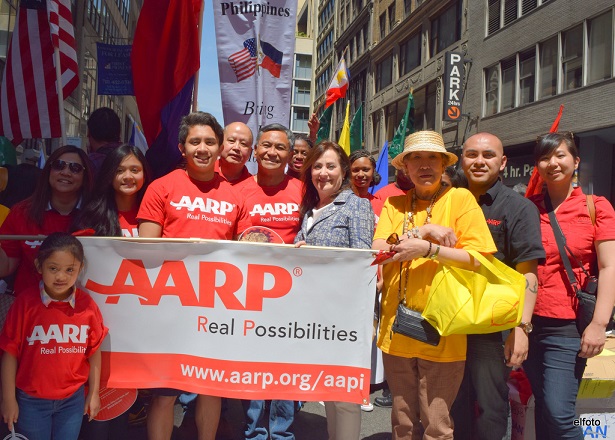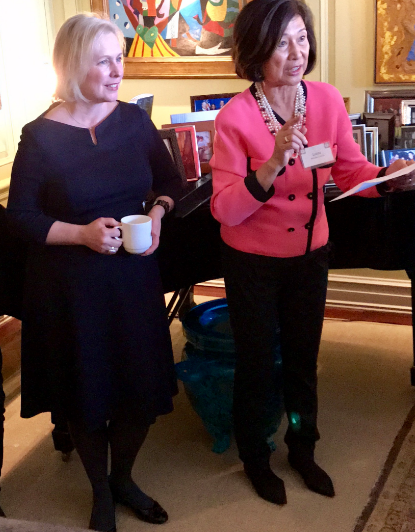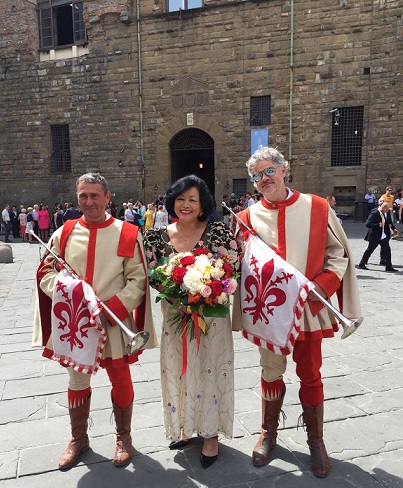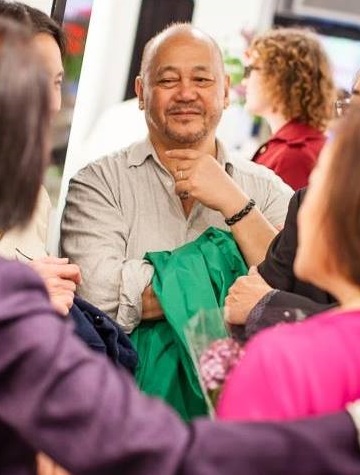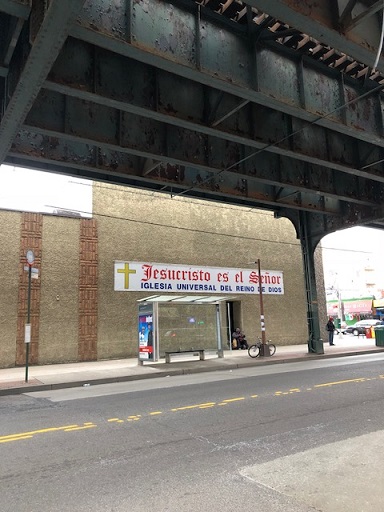‘Golden Years’ photo exhibit on martial law opens in NYC
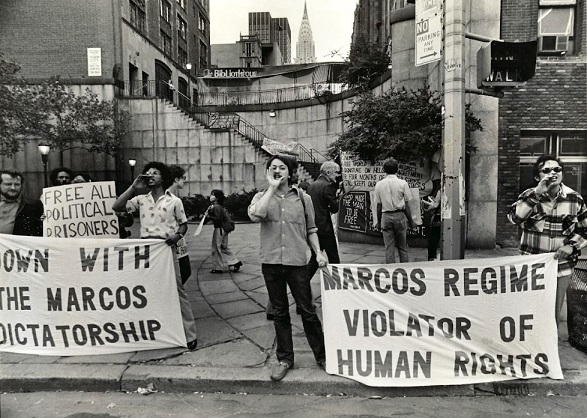
Fresh from a successful one-month run in Miami, Florida, a photography exhibit on martial law in the Philippines opens on October 15 & 16 at Bliss on Bliss Arts Project in Sunnyside, Queens.
Titled Golden Years: Weighing Philippine Martial Law 1972-1981, the exhibit showcases around 90 vintage photographs which appeared in various American newspapers during the Marcos administration. The photos were collected from the archives of U.S. newspapers. Some bore crop marks and comments by photo editors, and all had the original caption printed recto or end verso. Majority of the photos were transmitted from the Philippines to press agencies via wire or radio telegraph with a considerable number printed in the studios of the photographers. Accompanying the photos and their original captions were infographics and timeline that provided context to this period in Philippine history.
Launched at the Glenn Hubert Library of Florida International University on August 20, the exhibit commemorated the 50th anniversary of Philippine martial law. The show was designed to evaluate the military rule imposed by the late Philippine President Ferdinand E. Marcos in 1972, which lasted officially until 1981, and remained the de facto policy of his administration until his ouster by a peaceful people’s revolution in 1986.
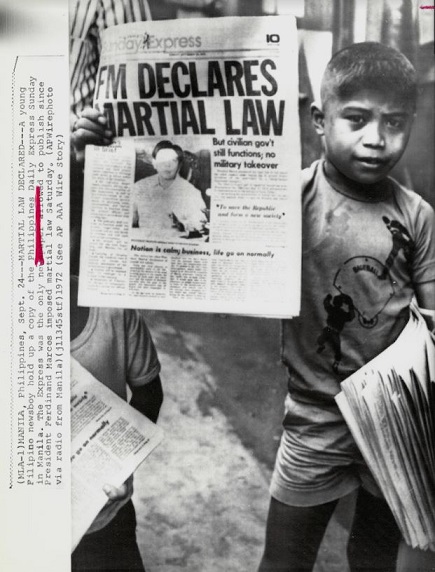
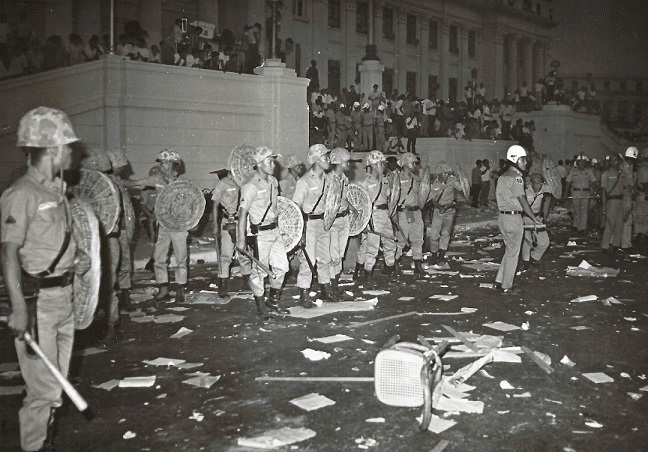
The show’s title is an ironic take on how the family labeled their rule as the “golden age of Philippine economy and society,” contradictory to the reports and documentations from that period. The same rebranding was credited to have helped the candidacy of the late president’s son and namesake, who was elected to the presidency this year.
Victor Barnuevo Velasco, who curated the exhibit, emphasizes the role of the foreign press in documenting that period.
“First published in the U.S. papers, these photographs are source documents, away from the censorship, intervention, and influence of the Philippine government at that time. They are snapshots of history — as they happened. The distance of the publication from the location of the events offered objectivity that normally only came with the passage of time,” he said in a press statement.
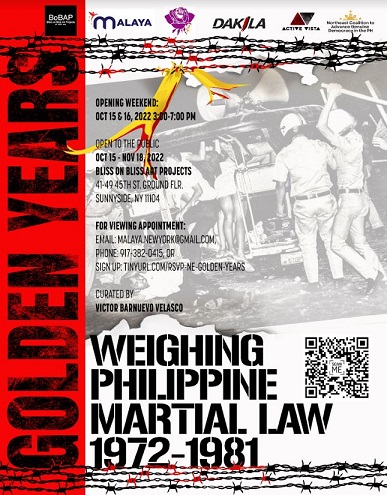
Velasco also emphasized that these were source documents produced before the era of digital manipulation and transmissions through the internet. “Aside from being testaments to the dedication and artistry of the photojournalists, they also offer a glimpse of how past technologies were utilized by press agencies to make visual information available in a timely manner.”
The first of its kind in the U.S., what was initially planned as a local event soon became a touring exhibit as other U.S. cities requested to host. New York is the first stop of a year-long national tour.
The photographs formed part of a private collection promised to the Albay Arts Foundation in the Philippines. The exhibit is sponsored by Bliss on Bliss Arts Project, Malaya Northeast, AF3IRM, Dakila, Active Vista, and the Northeast Coalition to Advance Genuine Democracy in the Philippines. It is open to the public by appointment until November 18.
Reservations for viewing may be done by visiting the FB Page ‘GoldenYearsML.’

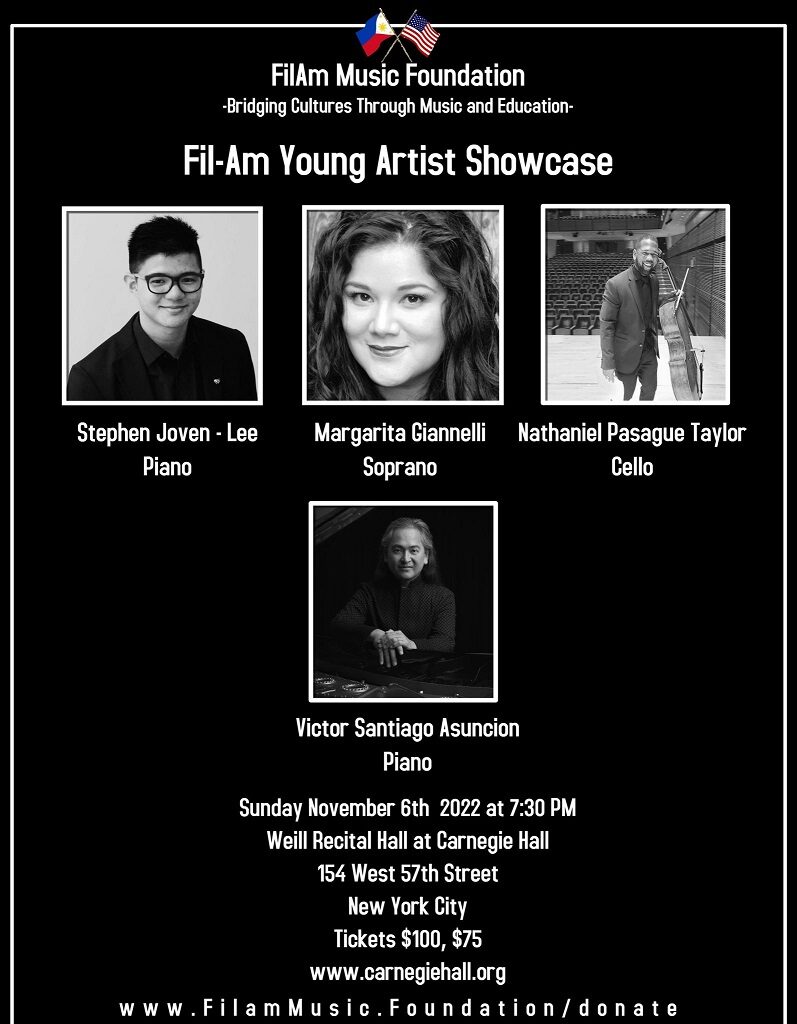
© The FilAm 2022

